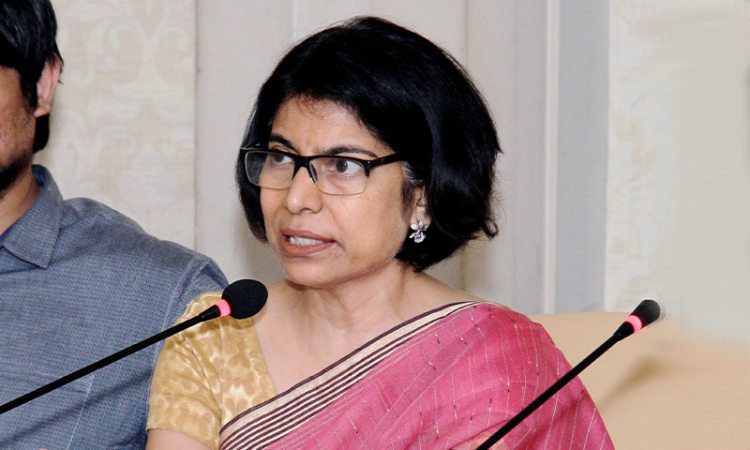Live Law interviewed Madhu Mehra, lawyer heading the research and training initiatives at Partners for Law in Development (PLD), a legal resource group on women's rights and social justice in India. Excerpts from the interview on the topics of child marriage, proposal to increase age of marriage etc: There is an increasing attention on law relating to child marriage. Could...

